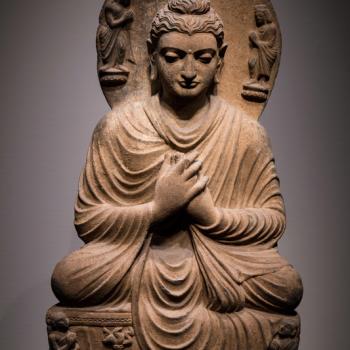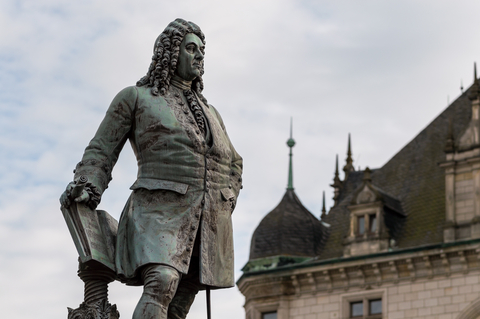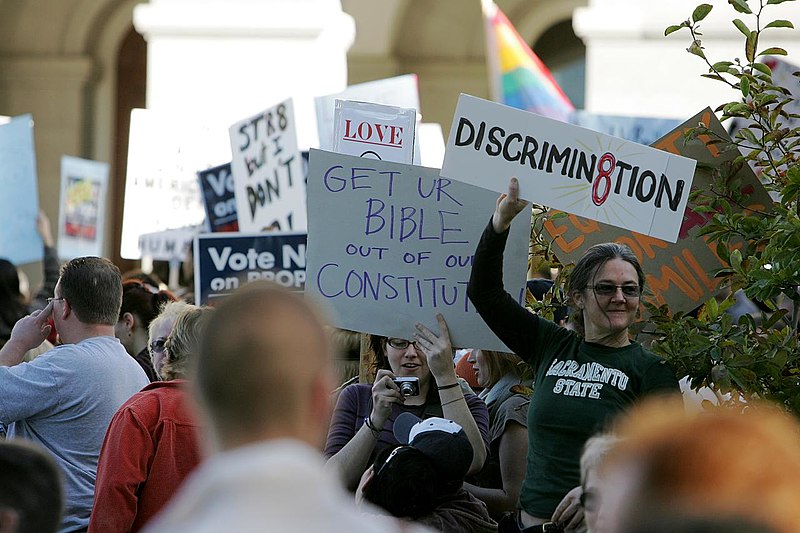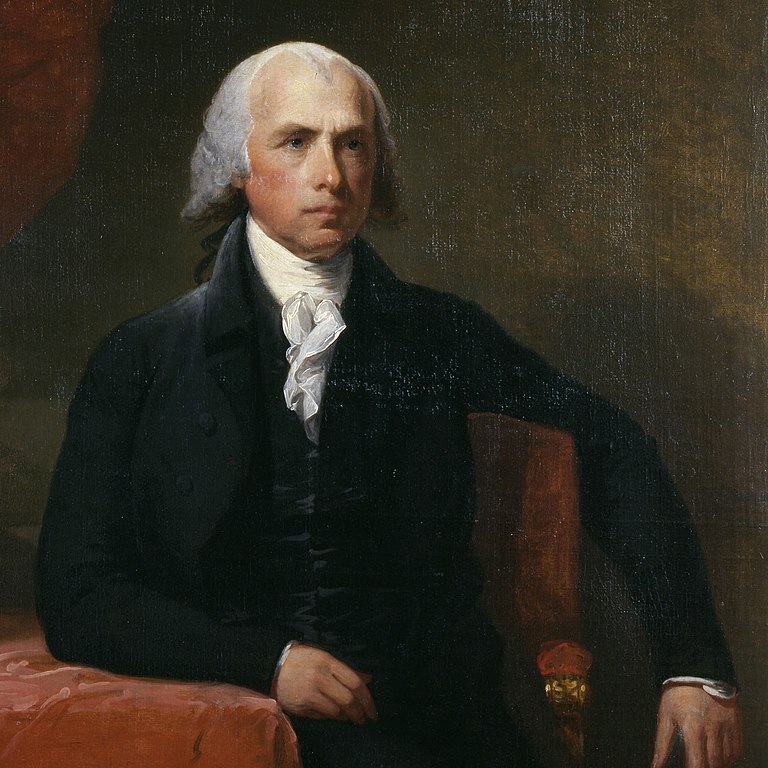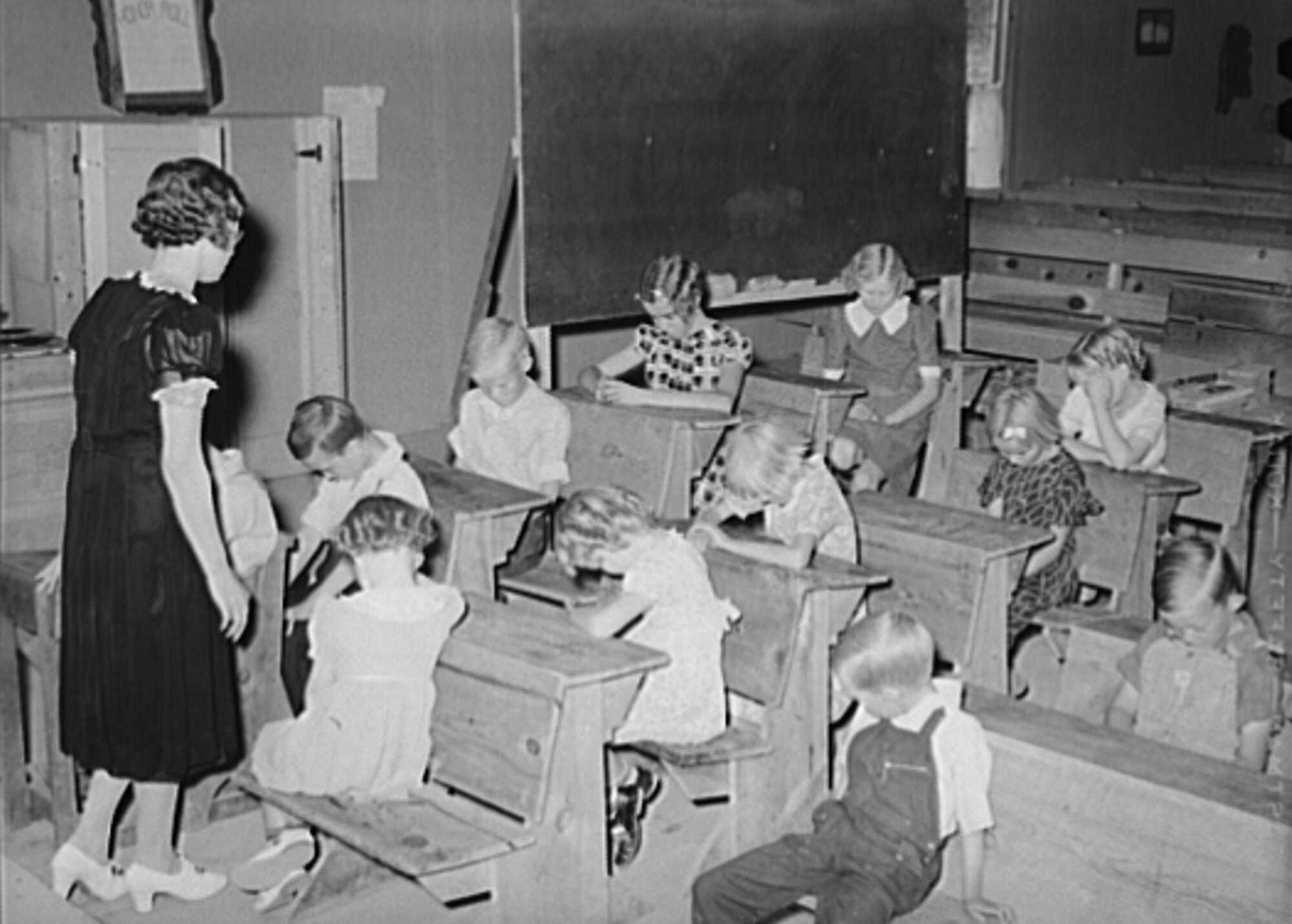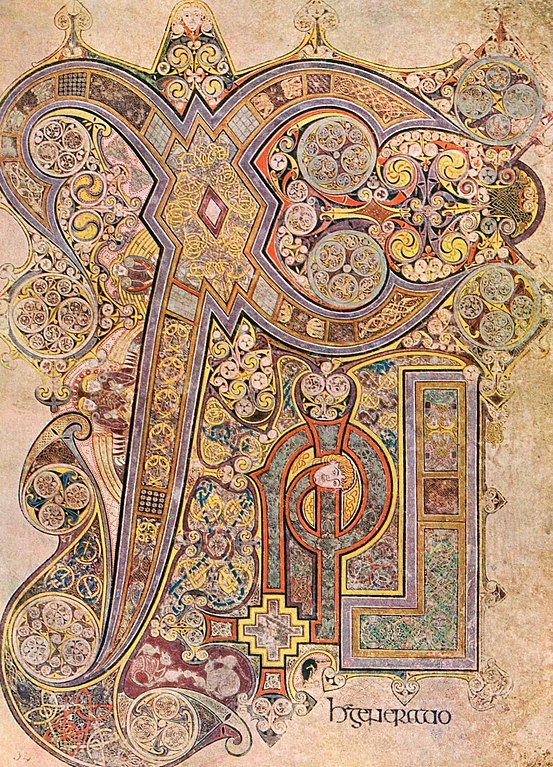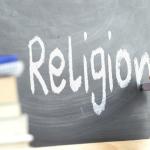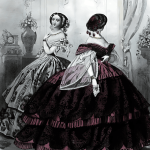You may wonder why the Buddha is so often depicted as chubby and laughing. The Laughing Buddha is understood as a particular Buddha who is not the Buddha who founded Buddhism. This particular Buddha is named Budai (sometimes spelled Pu-tai) in China. In Buddhist iconography there are many different Buddhas. Buddha is a title derived from a Sanskrit word that means “to awaken.” A Buddha is a being who has awakened from ignorance, in particular ignorance of the true nature... Read more



